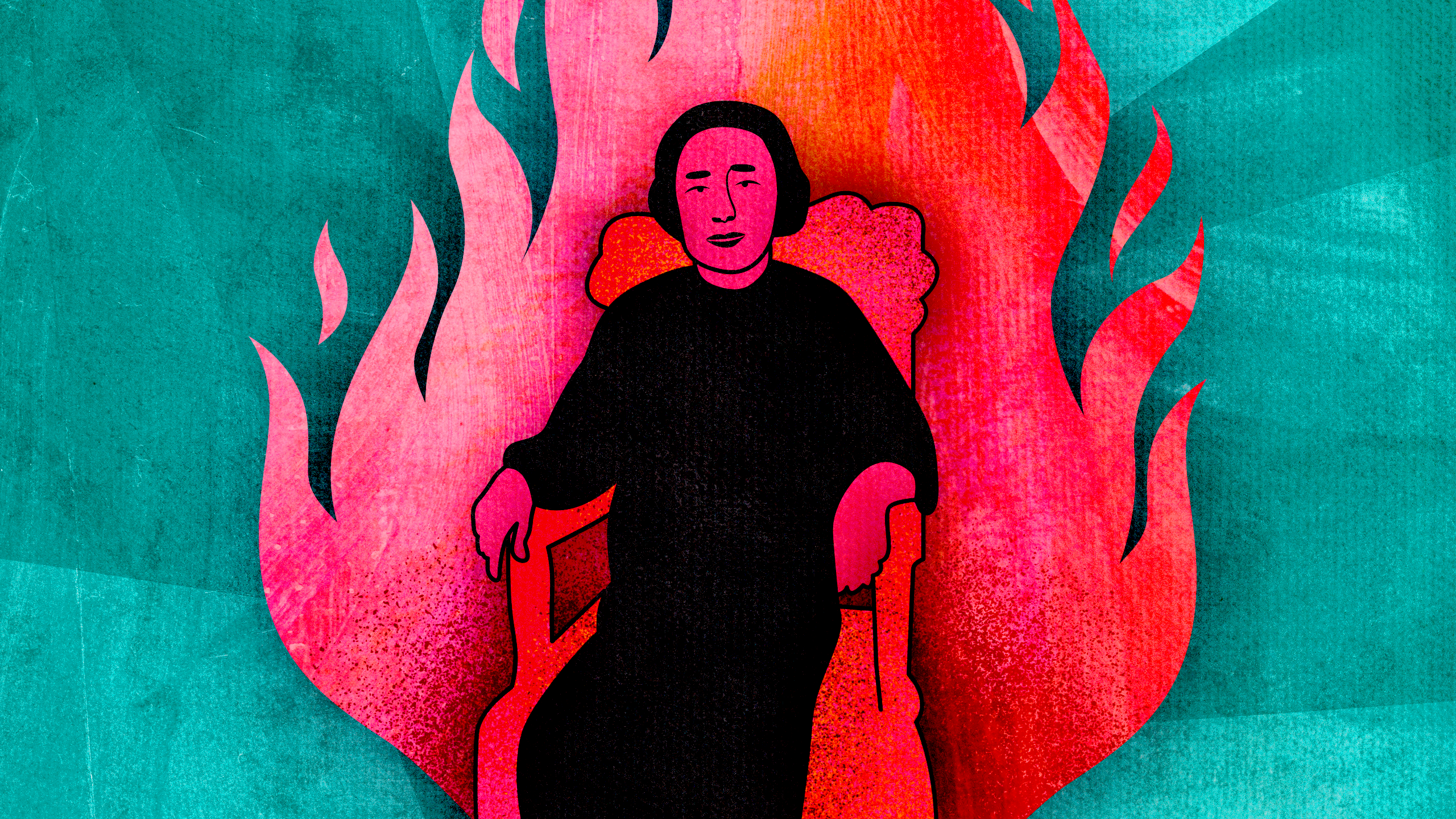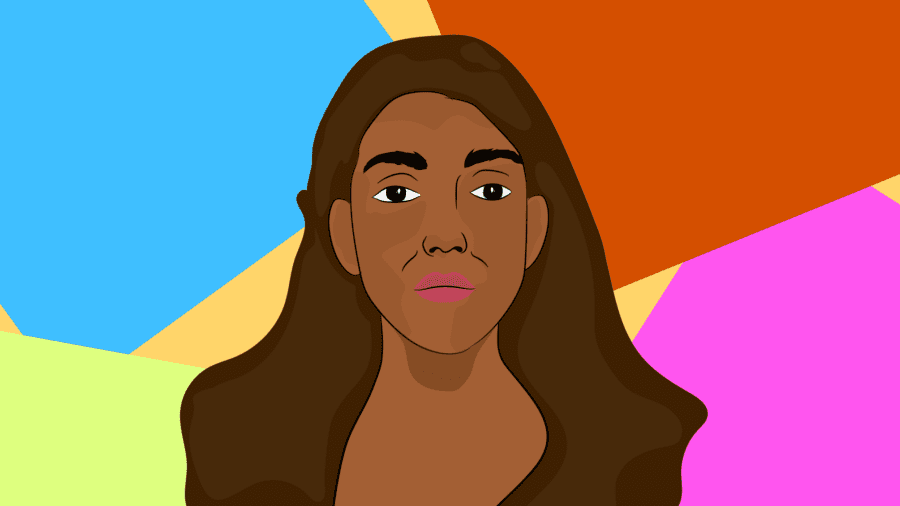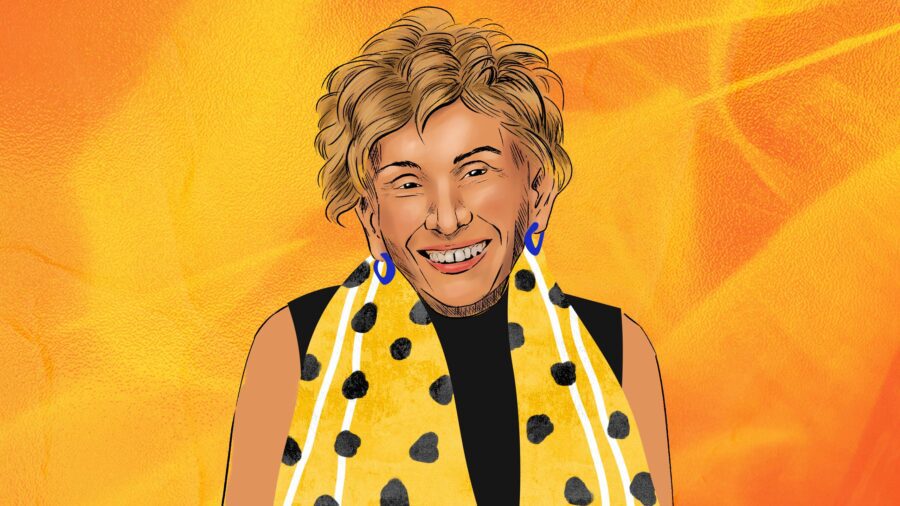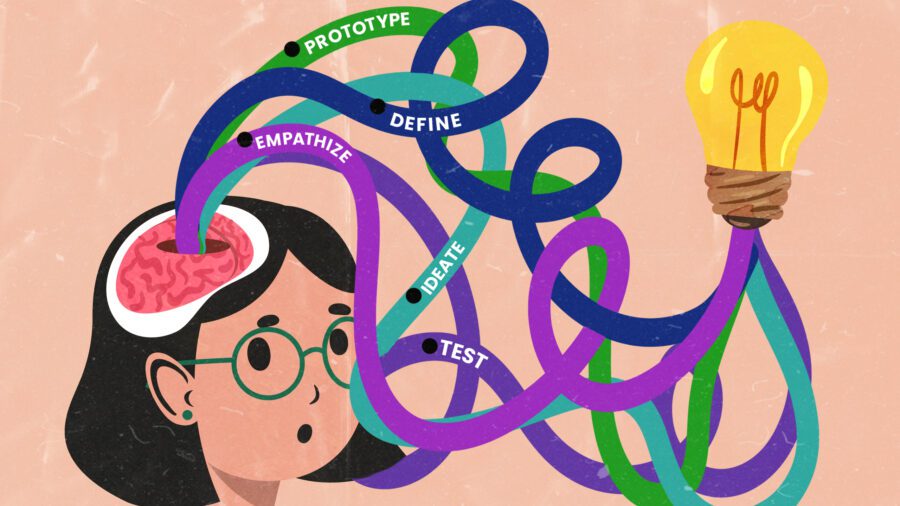
He Xiangning 何香凝: A Heroine of Chinese Feminism, Politics, and the Arts
Women have had to fight for equal or, in some cases, basic human rights in virtually every country on earth.
Look into a country’s history, and you’ll find examples of bravery, heroism, and groundbreaking change instigated by women ahead of their time.
With many powerful and influential women having been written out of history, it’s especially important to take note of those who haven’t been. He Xiangning is one of those women whose story has been far from forgotten.
Considered a national treasure with a museum all to her own (the only one dedicated to just one artist in China), this bold, progressive artist and political rebel made an indelible mark on Chinese history and culture that lives on to this day.
He Xiangning was a revolutionary during a time when most women were expected to stay confined to the home. As one of the first members of the secret society Tongmenghui, an underground movement, she helped overthrow the Qing Dynasty and was close with Sun Yat-Sen — leader of the Chinese Nationalist Party, first president of the Republic of China, and known as the father of modern China. So in many ways, she helped shape the origins of China as we know it.
As head of the Central Women’s Department in Sun Yat-Sen’s nationalist party (Kuomintang or KMT), Xiangning was one of the few politically influential women. She’s also responsible for the first International Women’s Day in China.
Her life story is a tale of rebellion, transformation, art, and revolution. Ready to learn more about this inspiring woman? Read on.
He Xiangning’s Rebellious Nature
Xiangning’s life was always marked by dissent. Born into a wealthy family in Hong Kong, she rebelled against social norms from a young age. First, she insisted that she receive an education alongside her brothers, a luxury that was forbidden for most girls.
Then, she refused her father’s decree that she have her feet bound. This brutal practice, the ultimate goal of which was to create “golden lotus feet” of only three inches long, involved painful and dangerous bone breaking and deformation. But believe it or not, it was considered a mark of refinement and the only way to marry well in Imperial China.
The Power of He Xiangning’s Rebellion
To understand how powerful these early acts were, it’s important to understand what Chinese women faced during Xiangning’s time. Women were highly subjugated and dominated by the men in their lives and society at large, as they had been for much of history.
Throughout history, a woman was expected to submit to her father’s or husband’s will at all times, or she would be disrupting the natural order of things. If her husband or fiancé died, she was expected not to marry and might even be expected to serve his family after his death. Much of this ideology came from the philosophy of Confucius, who lived from 551 to 479 B.C. His concept of “filial piety” demanded that women must always obey men.
Whatever the reasoning, Xiangning was unique in her willingness to defy norms and demand a better life for herself.
Join In 200 Million+ On The Journey to Greatness
He Xiangning’s Political Activism
Refusing to have her feet bound didn’t just save her from a painful and restrictive physical deformity — it also led to her marrying Liao Zhongkai, an American-born Chinese man who didn’t want a wife with bound feet. Even though it was an arranged marriage, the two had two important things in common — a love for art and a passion for their country.
The two traveled abroad to Tokyo, Japan, where they attended school and met the revolutionary Sun Yat-Sen in 1903. Sun Yat-Sen would later lead the Chinese Nationalist Party, become first president of the Republic of China, and come to be known as the father of modern China.
The two became some of the first members of Sun Yat-Sen’s anti-Qing underground revolutionary movement. Their life as revolutionaries resembles that of a spy flick set in a far-off locale. Xiangning rented a house to act as a front for their secret operations, and both she and her husband learned how to use guns in preparation for revolt. She also created and designed revolutionary flags and helped spread the word about their anti-imperialist movement.
In 1911, they traveled back to Hong Kong to advance the cause and rebelled against a general who’d betrayed the revolution but ended up being exiled and forced to return to Japan. In 1916, they moved back to China again, this time to Shanghai to continue working for the revolutionary cause.
When Sun Yat-Sen finally established a revolutionary government in Guangdong, he appointed Zhongkai as the finance minister. Meanwhile, Xiangning helped establish the new government by pursuing naval commanders to join them.
These political and revolutionary changes also made it possible to advance new social ideologies. Xiangning didn’t just play a part in shaping the new government — she advanced new social ideals, namely women’s participation in public life. She and Soong Ching-ling, Sun Yat-Sen’s wife, organized a women’s association to gather medicine and supplies for the soldiers. This was a big step forward, considering that women’s place had traditionally been in the home, where she was to remain passive and submissive.
She was given even greater power in August 1923, when she was appointed as a member of the KMT Central Executive Committee and Minister for Women’s Affairs in Sun’s government. She used this position to advocate for equal legal, social, economic, and education for women, and she also opened hospitals and schools for women.
But that’s not all: She’s also responsible for organizing the first International Women’s Day in China. After hearing about the day from a foreign friend, she spearheaded China’s participation in the event, gathering 2,000 people at a park in Guangzhou, southern China, in March 1924.
After Sun Yat-Sen’s death, the party underwent a split, and Zhongkai became the leader of the left wing and was assassinated. Between this and further party division, Xiangning largely left the world of politics and instead focused primarily on her art.
He Xiangning’s Place in Chinese Art History
Xiangning was a multi-talented, multi-faceted woman with both political and artistic leanings. As her political involvement evolved, so did her art. In fact, while she’d always loved art growing up, it wasn’t until she started contributing campaign materials for the revolutionary movement that she truly explored her artistic talents.
In Tokyo, she studied fine art with Japanese masters, the influence of whom she carried into her later artistic years. Once living in Shanghai, she adopted the Lingnan School of painting, a progressive style of painting that rejected traditional artistic norms and embraced vivid color. In this way, it merged art with politics and revolutionary ideals, a fusion she’s well known for.
Her work has been described as a “treasure of Chinese history” and features stunning tigers and lions, breathtaking landscapes, and delicate, twisting cherry blossom trees. But these images are hardly there for decorative purposes. She was a master of symbolism, using repeating images and motifs to depict her political and social ideals, including integrity, purity, and patriotism.
In other words, the images were mediums for her beliefs, thoughts, emotions, revolutionary activities, and other life events, which she expressed in a bold style unique only to her. That’s why she’s now considered not just an artist but a major figure in Chinese art history and the history of the Chinese national revolution. Her work is a relic depicting the birth of a nation — which she helped to actively build.
You Can Learn from Powerful Women
All of us can learn from trailblazing women like Xiangning. Whether you need inspiration for how to move forward despite fear, navigate opposition, or stay true to your beliefs, there are stories of women and girls around the world who will inspire you to overcome doubt.
Anna May Wong overcame ostracism, racism, and discrimination to become one of the first global Chinese movie stars. Forced into stereotypical negative roles and losing major parts to white counterparts, she nevertheless pursued her dreams in Hollywood and Europe.
Malala Yousafzai won the Nobel Peace Prize at 17 years old after surviving a Taliban attack. At age 11, the Pakistani girl documented the Taliban occupation for BBC Urdu and advocated openly for girls’ education.
Don’t forget about the female entrepreneurs who, while hardly facing the same circumstances as some others, are still making their mark in their own way. Even modern life in a relatively progressive country is still a struggle for women in many ways, as there are still issues like sexism and higher rates of job loss.
It’s important to understand that while inspiration and drive are certainly a part of success, social disparities still have a massive part to play, so have compassion for yourself and others. Everyone has their own battles to fight, which is why we need to stick together and support one another.
Wherever you are in the world, wherever your background, take advantage of every opportunity you have. Take every chance you can to achieve greatness!
Greatness Authors
Greatness Authors is a collection of writers, thinkers, curiosity experts, and students of the world who are committed to bringing you the most up-to-date, impactful, and inspiring information surrounding Greatness topics.

Redefining Poetry: How Instagram Sensation Rupi Kaur Showed That Poetry Is for Everyone

The Young Professional’s Guide to Advocating for Yourself at Work & Setting Healthy Boundaries

Olympian Yusra Mardini’s Incredible Story of Resilience, Rescue, and Refugee Rights

A Beginner’s Guide to Effortlessly Attracting Money and Growth Opportunities

Psychologist Edith Eger’s Inspirational Journey to Find Forgiveness and What It Means for You










